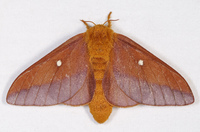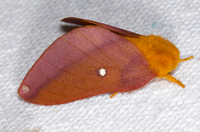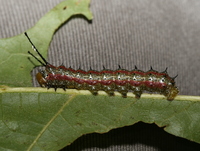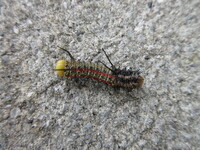
| Recorded by: G. Newman on 2025-10-08
Onslow Co.
Comment: | 
| Recorded by: Allison Garton on 2025-09-01
Moore Co.
Comment: |
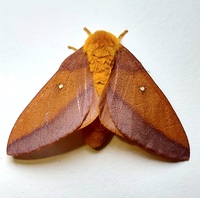
| Recorded by: Mark Basinger on 2025-08-31
Rowan Co.
Comment: | 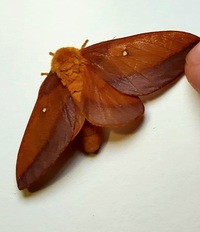
| Recorded by: Mark Basinger on 2025-08-31
Rowan Co.
Comment: |
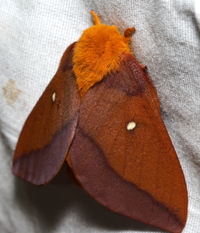
| Recorded by: David George, Kevin Bischof, Rich Teper, Patrick Coin on 2025-08-15
Transylvania Co.
Comment: | 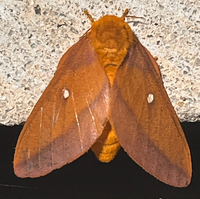
| Recorded by: Steve Taylor on 2025-08-01
Beaufort Co.
Comment: |

| Recorded by: Mark Basinger on 2025-07-28
Wilson Co.
Comment: | 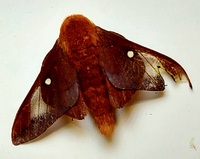
| Recorded by: Mark Basinger on 2025-07-27
Wilson Co.
Comment: |
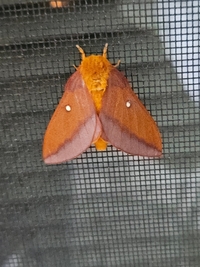
| Recorded by: Terrell Tucker on 2025-07-25
Moore Co.
Comment: | 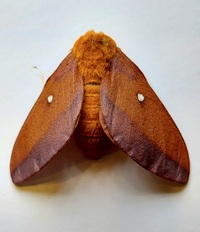
| Recorded by: Mark Basinger on 2025-07-23
Brunswick Co.
Comment: |
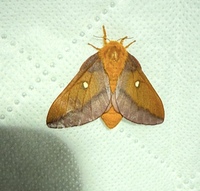
| Recorded by: Marilyn Westphal on 2025-07-23
Transylvania Co.
Comment: | 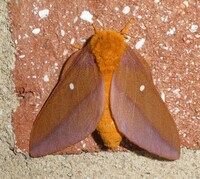
| Recorded by: Simpson Eason on 2025-07-18
Durham Co.
Comment: |

| Recorded by: David George, David Bradley, Becky Watkins, David Cheng, Michelle Lotker, Tracy Feldman, et al. on 2025-06-28
Durham Co.
Comment: | 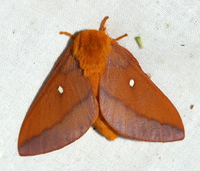
| Recorded by: David George, David Bradley, Becky Watkins, David Cheng, Michelle Lotker, Tracy Feldman, et al. on 2025-06-28
Durham Co.
Comment: |
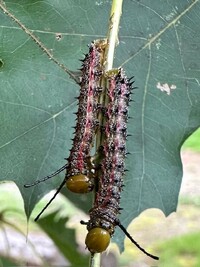
| Recorded by: Dawn-Michelle Oliver on 2025-06-28
Caswell Co.
Comment: | 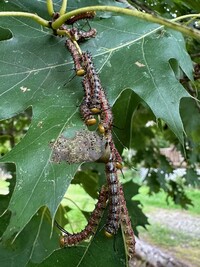
| Recorded by: Dawn-Michelle Oliver on 2025-06-28
Caswell Co.
Comment: |
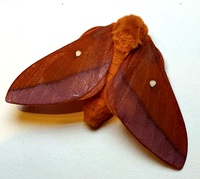
| Recorded by: Mark Basinger on 2025-06-27
Buncombe Co.
Comment: | 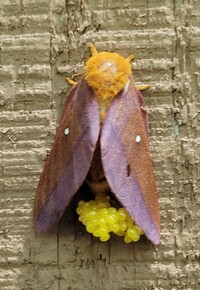
| Recorded by: Michael P. Morales on 2025-05-22
Cumberland Co.
Comment: |
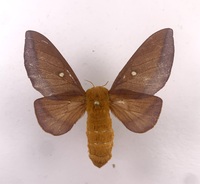
| Recorded by: R.Teper on 2025-05-22
Orange Co.
Comment: | 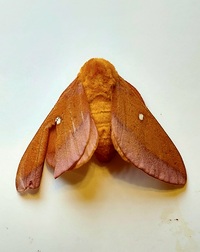
| Recorded by: Mark Basinger on 2024-09-01
Brunswick Co.
Comment: |
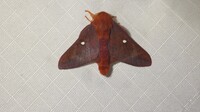
| Recorded by: Lenny Lampel on 2024-08-29
Union Co.
Comment: | 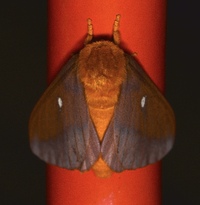
| Recorded by: Stephen Dunn on 2024-07-30
Orange Co.
Comment: |
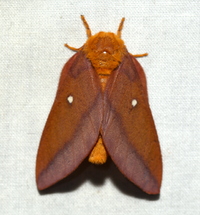
| Recorded by: David George on 2024-07-15
Chatham Co.
Comment: | 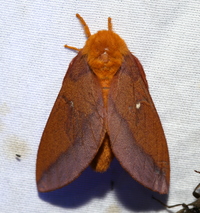
| Recorded by: David George on 2024-07-15
Chatham Co.
Comment: |

| Recorded by: Jim Petranka on 2024-07-07
Madison Co.
Comment: | 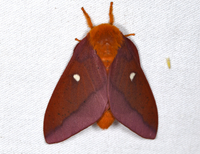
| Recorded by: Jim Petranka on 2024-07-06
Madison Co.
Comment: |
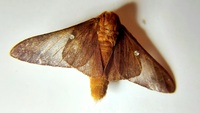
| Recorded by: Mark Basinger on 2024-06-27
Yancey Co.
Comment: | 
| Recorded by: Mark Basinger on 2024-06-27
Yancey Co.
Comment: |
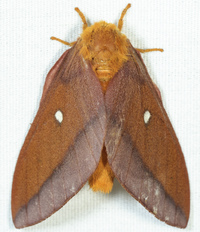
| Recorded by: John Petranka on 2024-06-23
Orange Co.
Comment: | 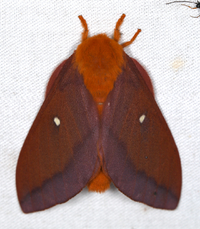
| Recorded by: Jim Petranka on 2024-06-21
Madison Co.
Comment: |
|

 »
»